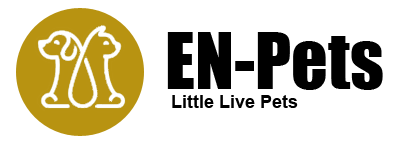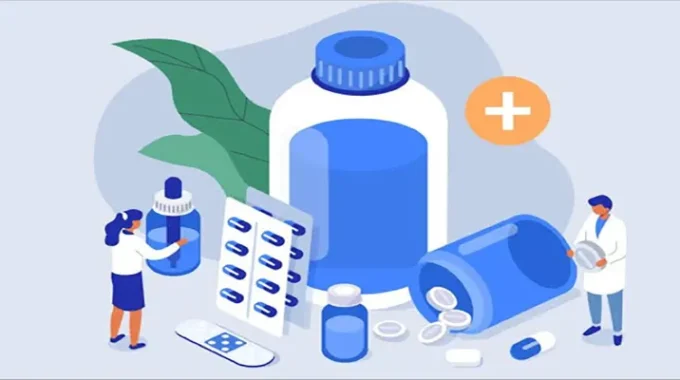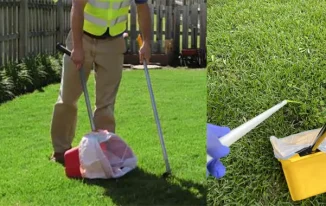The drug registration and approval process in Indonesia is a critical component of the nation’s healthcare system, ensuring that all pharmaceutical products available in the market are safe, effective, and of high quality. This process is primarily overseen by the Indonesian Food and Drug Authority (Badan Pengawas Obat dan Makanan, BPOM), in collaboration with the Ministry of Health (Kementerian Kesehatan) and other stakeholders. This article provides a detailed overview of the drug registration and approval process in Indonesia, highlighting its key stages, regulatory requirements, challenges, and recent developments. Visit pafikotaargamakmur.org.
Regulatory Bodies Involved
Indonesian Food and Drug Authority (BPOM)
BPOM is the primary regulatory body responsible for overseeing the drug registration and approval process. It ensures that all pharmaceutical products meet the required safety, efficacy, and quality standards before they can be marketed in Indonesia. BPOM’s responsibilities include:
- Evaluation and Approval: Reviewing applications for new drugs and granting approval for marketing.
- Post-Market Surveillance: Monitoring the safety and efficacy of drugs already on the market.
- Quality Control: Conducting inspections and testing to ensure compliance with Good Manufacturing Practices (GMP).
Ministry of Health (Kementerian Kesehatan)
The Ministry of Health provides policy direction and oversight for the healthcare system, including the regulation of pharmaceuticals. It collaborates with BPOM to develop regulations and guidelines that govern the drug registration process.
Drug Registration and Approval Process
Pre-Submission Requirements
Before submitting an application for drug registration, pharmaceutical companies must ensure that they comply with several pre-submission requirements:
- Clinical Trials: Conducting clinical trials to gather data on the safety and efficacy of the drug. These trials must be approved by BPOM and conducted according to international standards.
- Good Manufacturing Practices (GMP): Ensuring that manufacturing facilities comply with GMP standards, which are essential for maintaining the quality and safety of pharmaceutical products.
- Documentation: Preparing comprehensive documentation, including clinical trial data, manufacturing processes, quality control measures, and product labeling information.
Submission of Application
The drug registration process begins with the submission of a detailed application to BPOM. The application must include:
- Administrative Documents: Company information, manufacturing licenses, and certificates of GMP compliance.
- Quality Data: Detailed information on the drug’s composition, manufacturing process, stability data, and quality control procedures.
- Non-Clinical Data: Preclinical studies on the drug’s pharmacological and toxicological properties.
- Clinical Data: Clinical trial data demonstrating the drug’s safety and efficacy in humans.
- Labeling and Packaging: Proposed labeling and packaging materials, including information on dosage, administration, and potential side effects.
Evaluation and Review
Once the application is submitted, BPOM conducts a thorough evaluation and review process, which includes:
- Initial Screening: Checking the completeness and correctness of the application documents. If any documents are missing or incomplete, the applicant is notified to provide additional information.
- Scientific Review: BPOM’s experts conduct a detailed scientific review of the application, assessing the safety, efficacy, and quality data. This review involves:
- Pharmacological and Toxicological Evaluation: Assessing the drug’s pharmacological properties and potential toxic effects.
- Clinical Evaluation: Evaluating the clinical trial data to determine the drug’s safety and efficacy in the target population.
- Quality Evaluation: Reviewing the manufacturing process, quality control measures, and stability data to ensure the drug meets quality standards.
Inspection and Testing
In addition to the document review, BPOM may conduct inspections and testing to verify compliance with regulatory standards:
- Manufacturing Facility Inspection: Inspecting the manufacturing facilities to ensure they comply with GMP standards.
- Product Testing: Conducting laboratory tests on product samples to verify their quality and consistency with the submitted data.
Decision and Approval
Based on the evaluation and review process, BPOM makes a decision on whether to approve the drug for marketing. The possible outcomes include:
- Approval: If the drug meets all safety, efficacy, and quality standards, BPOM grants approval and issues a registration number. The drug can then be marketed in Indonesia.
- Conditional Approval: In some cases, BPOM may grant conditional approval, requiring the pharmaceutical company to conduct additional studies or comply with specific conditions.
- Rejection: If the drug does not meet the required standards, BPOM rejects the application, and the company may need to address the deficiencies and resubmit the application.
Post-Market Surveillance
Monitoring and Reporting
Once a drug is approved and marketed, BPOM conducts post-market surveillance to monitor its safety and efficacy. This includes:
- Adverse Drug Reaction (ADR) Reporting: Collecting and analyzing reports of adverse drug reactions from healthcare professionals and consumers.
- Periodic Safety Update Reports (PSURs): Requiring pharmaceutical companies to submit regular safety updates, including any new data on the drug’s safety and efficacy.
- Market Surveillance: Conducting inspections and testing products in the market to ensure ongoing compliance with quality standards.
Enforcement Actions
If any safety or quality issues are identified during post-market surveillance, BPOM has the authority to take enforcement actions, such as:
- Warnings: Issuing warnings to the pharmaceutical company to address specific issues.
- Recalls: Mandating the recall of defective or unsafe products from the market.
- Suspensions and Revocations: Suspending or revoking the drug’s registration if serious non-compliance is identified.
Challenges in the Drug Registration Process
Ensuring Compliance
Ensuring compliance with regulatory standards across a diverse and rapidly growing pharmaceutical industry is a significant challenge. Limited resources for inspections and enforcement can lead to gaps in compliance.
Counterfeit and Substandard Medications
The presence of counterfeit and substandard medications in the market remains a serious concern. Despite regulatory efforts, these products can still reach consumers, posing significant risks to public health.
Balancing Innovation and Regulation
Balancing the need for rigorous regulation with the encouragement of innovation is a complex task. Overly stringent regulations can stifle innovation, while insufficient regulation can compromise safety and efficacy.
Recent Developments and Future Directions
Strengthening Regulatory Capacity
Enhancing the capacity of BPOM and other regulatory bodies is crucial for ensuring effective regulation. This includes increasing resources for inspections, investing in advanced technologies for monitoring, and enhancing the skills of regulatory personnel.
Leveraging Technology
Leveraging technology can improve the efficiency and effectiveness of the drug registration process. This includes implementing digital systems for drug registration, using data analytics for post-market surveillance, and employing blockchain technology to secure the pharmaceutical supply chain.
International Collaboration
Collaborating with international regulatory bodies can help Indonesia adopt global best practices and standards. This can also facilitate the exchange of information and resources, improving the overall regulatory framework.
Conclusion
The drug registration and approval process in Indonesia is designed to ensure the safety, efficacy, and quality of pharmaceutical products. This comprehensive process involves multiple stages, from pre-submission requirements to post-market surveillance, and is overseen by regulatory bodies such as BPOM and the Ministry of Health. While significant progress has been made, challenges remain in ensuring compliance, combating counterfeit medications, and balancing innovation with regulation. By strengthening regulatory capacity, leveraging technology, and enhancing international collaboration, Indonesia can continue to improve its drug registration process, ensuring better health outcomes for its population.












